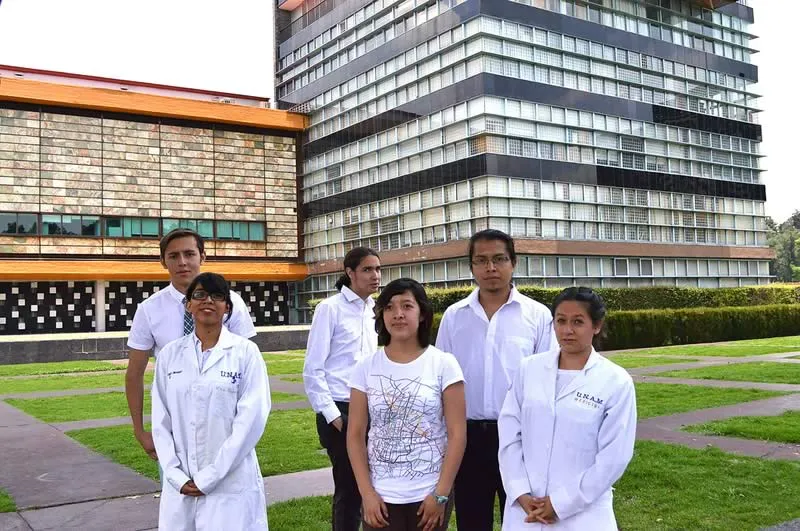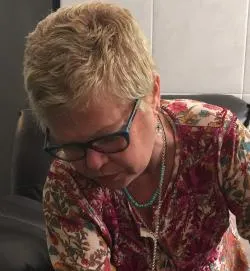Students of the National Autonomous University of Mexico (UNAM) work in the development of a device called Proinsulitron, which aims to propose an alternative therapy in the treatment of type 1 diabetes mellitus.
The subcutaneous application apparatus has two compartments: one contains a modified bacterium (Escherichia coli) that monitors the glucose levels of the person's body in real time, explained the collide of the Ilia XRysw Hernández Mejía project.
The second compartment supplies Insulin, which offers a personalized treatment in case the bearer requires, Hernández Mejía explained in an interview with the Informative Agency of the National Council of Science and Technology (CONACYT).
The device has a two centimeters size and was performed with biocompatible materials with the human body, so that they do not cause immune response in the patient and reject, the student stood out.
In addition, the instrument combines aspects of mechanical engineering and biotechnology to ensure the supply of the correct insulin dose for patients, said Hernández Mejía.
In the development of the device, university students from various careers such as biomedicine, medicine, genomic sciences, engineering and chemicalopharmacobiology work together.
According to the student, with this project the students of the UNAM will offer in the market a comfortable, economical and safe device for those who use it, and is an alternative in the treatment of this disease.
"It is generally through insulin therapy by applying injections with daily measurements that can be uncomfortable for the patient or insulin bombs that have a high price and not all people can afford it," said Hernández Mejía.
The device was born three years ago with the idea of the project leader, Alejandro Guzmán Vendrell, a biology student, who thought it was possible to perform this device with the appropriate characteristics, said the University.
Although being a student and not belonging to some type of program of some dependency, many were the difficulties that arose to get support, explained Hernández Mejía.
"That was how he had approach with different faculties, professors and directors, to contact the students and propose to perform proinsulitron," he added.





